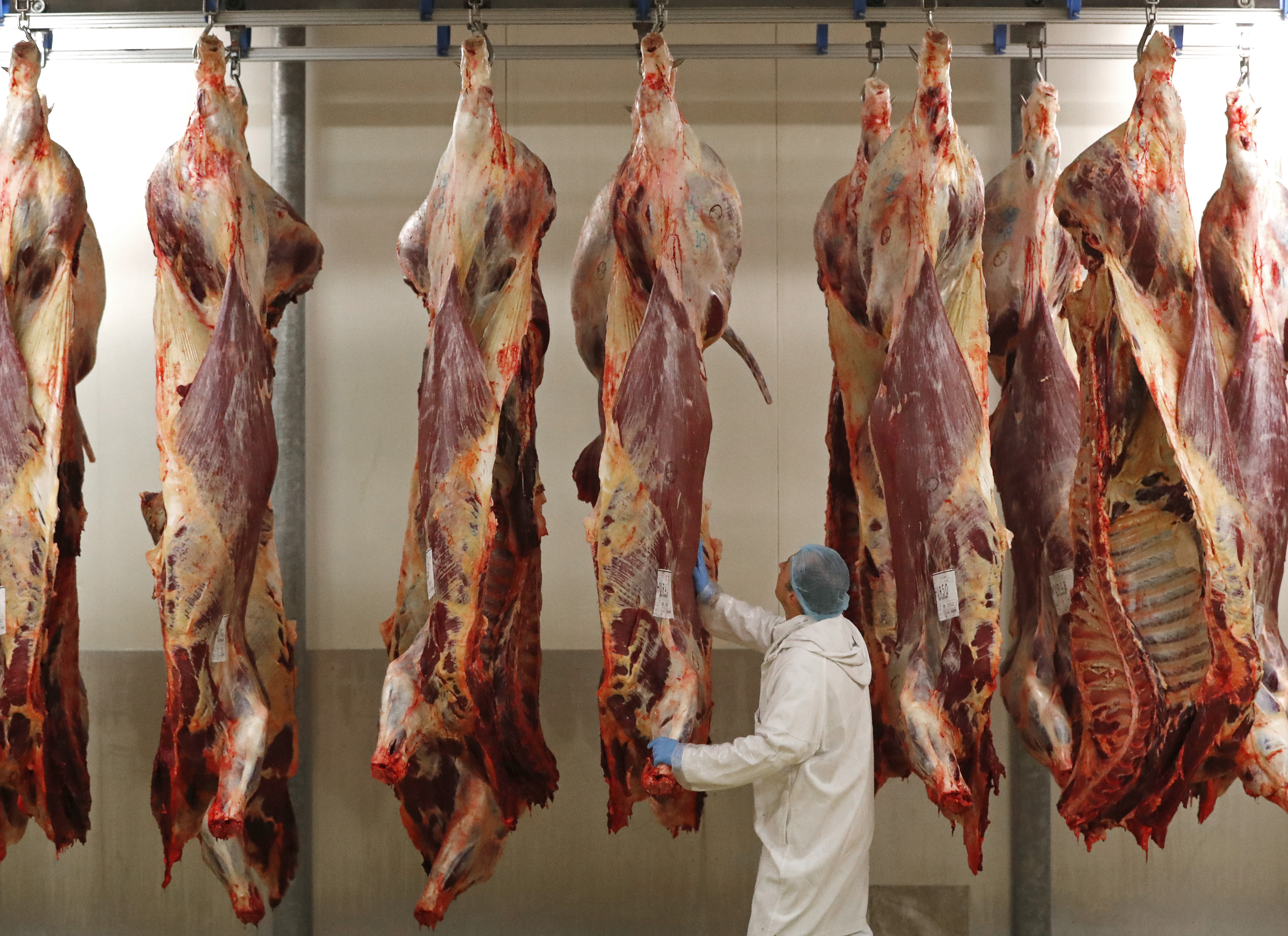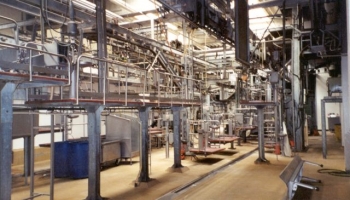A tradition of quality
This is where it all started: trading (cattle market) and slaughtering animals, and cutting and selling quality meat. After more than a hundred years, the ‘abattoir of Anderlecht’, as it is popularly known, has grown into a centre where you can find enthusiastic specialists, who are almost literally fused with their sector, under one roof. The slaughter lines are still kept up to date. The strictest standards of hygiene are also maintained.
Slaughtering takes place here both for the traditional butchery, but also ritually for the Muslims and for the Jewish community. Our slaughter line is equipped to meet these requirements. In the Brussels-Capital Region, it is not compulsory to stun animals before slaughter, unlike in Flanders and Wallonia, where other rules apply. This issue has already caused quite a stir.
Today, the Anderlecht slaughterhouse has two slaughter lines: one for large animals (cattle, horses, calves and deer) and one for small animals such as sheep and goats. Anderlecht abattoir may be one of the oldest and best-known in the country, but it is certainly not the biggest player on the market, compared to industrial slaughterhouses in Flanders and Wallonia. However, the Anderlecht abattoir is the only one still operating in the Brussels Capital Region.
Some 50,000 animals are now slaughtered here last year, roughly 5 % of all animals slaughtered in Belgium (up from 14% in 1934). In 2023, a total of 17,700 cattle, 850 horses and 140 deer were slaughtered. On the other slaughter floor, 17,500 sheep and 13,000 goats were then slaughtered.


